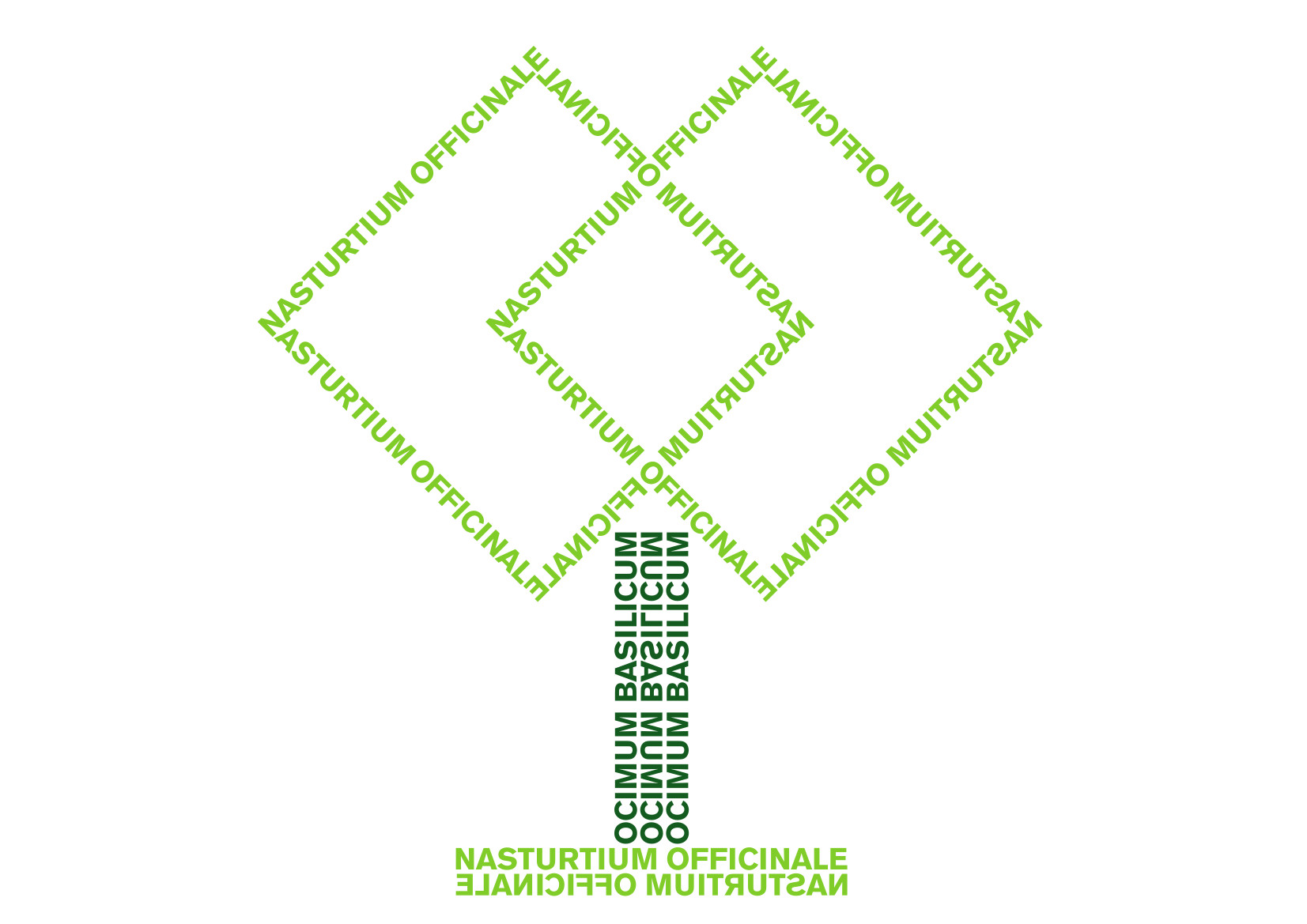Ocimum basilicum (basil)
Lamiaceae (mint family)
Herbaceous annual, 20–45 cm in height, with petiolate ovate leaves and 1–1.5 cm long reddish or yellowish-white flowers, short-stemmed in false whorls.
Common medicinal, spice and ornamental plant, contains essential oils. Cultivation worldwide in tropical and temperate zones, in Europe especially in France, Italy and southeastern Europe. Plays a major role in French and, even more so, in Italian cuisine.
Home to tropical India, now native to southern Asia and northeastern Africa, as well as tropical America. Cultivated in Germany at least since the 12th century, mostly grown as a potted plant. Very rarely in the wild here, as seeds only mature in wine growing areas in southern Germany and even a slight frost kills the plant.
Nasturtium officinale (common watercress)
Brassicaceae (cruciferae)
Perennial herbaceous marsh and aquatic plant, 20–80 cm in height, with hollow stems, creeping plant, upright stems. Unpaired pinnate leaves, slightly succulent; racemose inflorescence with white flowers 5–6 mm in length. Seed dispersal by water and waterfowl.
Grows wild in springs, ditches and streams of clear water. Used as a medicinal, vegetable and salad plant, but rarely cultivated, such as it has been for several centuries near the German city of Erfurt. From there, in Napoleonic times, their culture reached the Picardy in France in 1809/1810, where the plant is grown in special cress orchards (cressonières). Formerly important source of vitamin C, since the plant can already be harvested in early spring.
Indigenous to Germany, the original area covers large parts of Europe and Western Asia. Today wild in all parts of the world.
